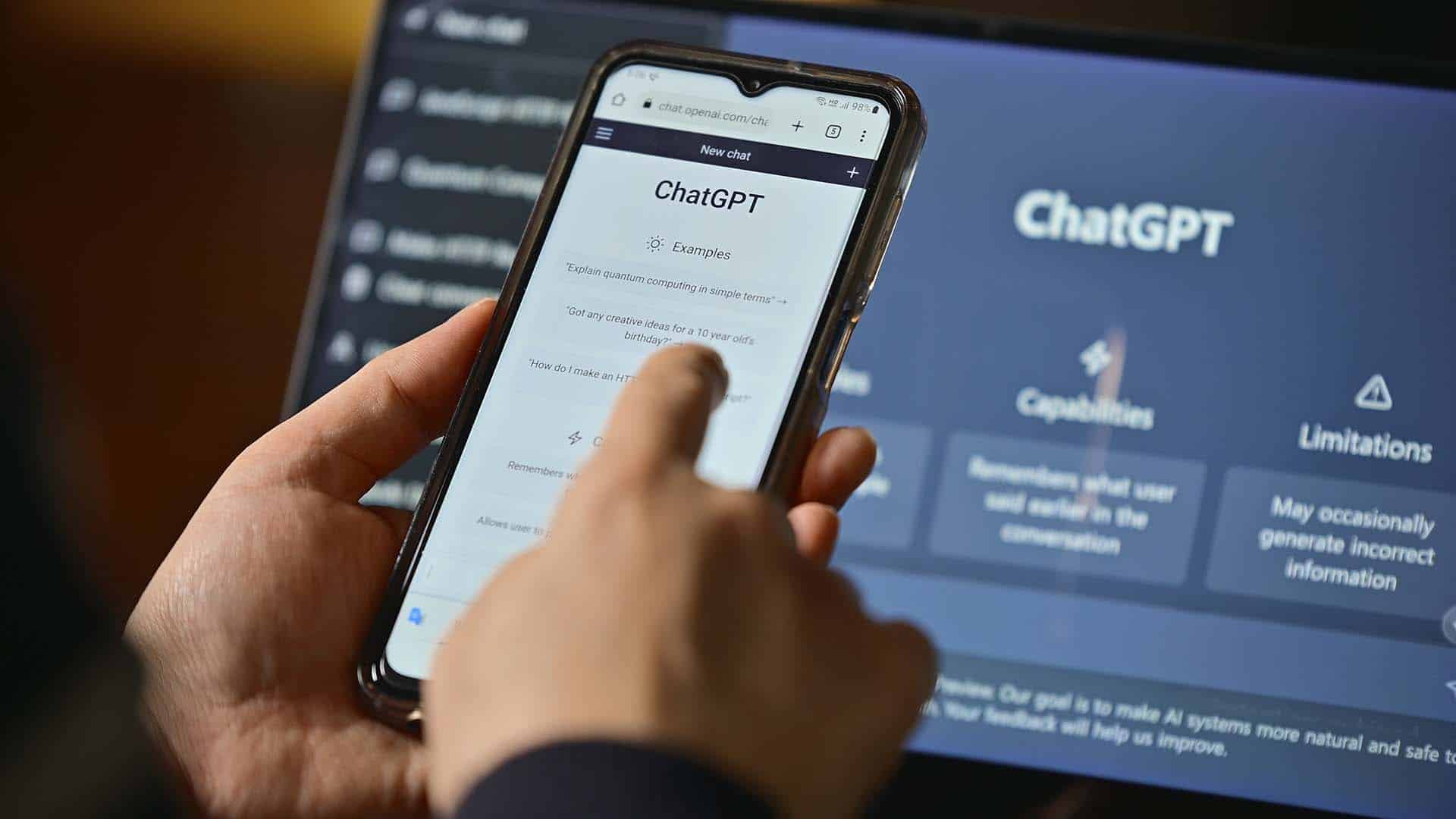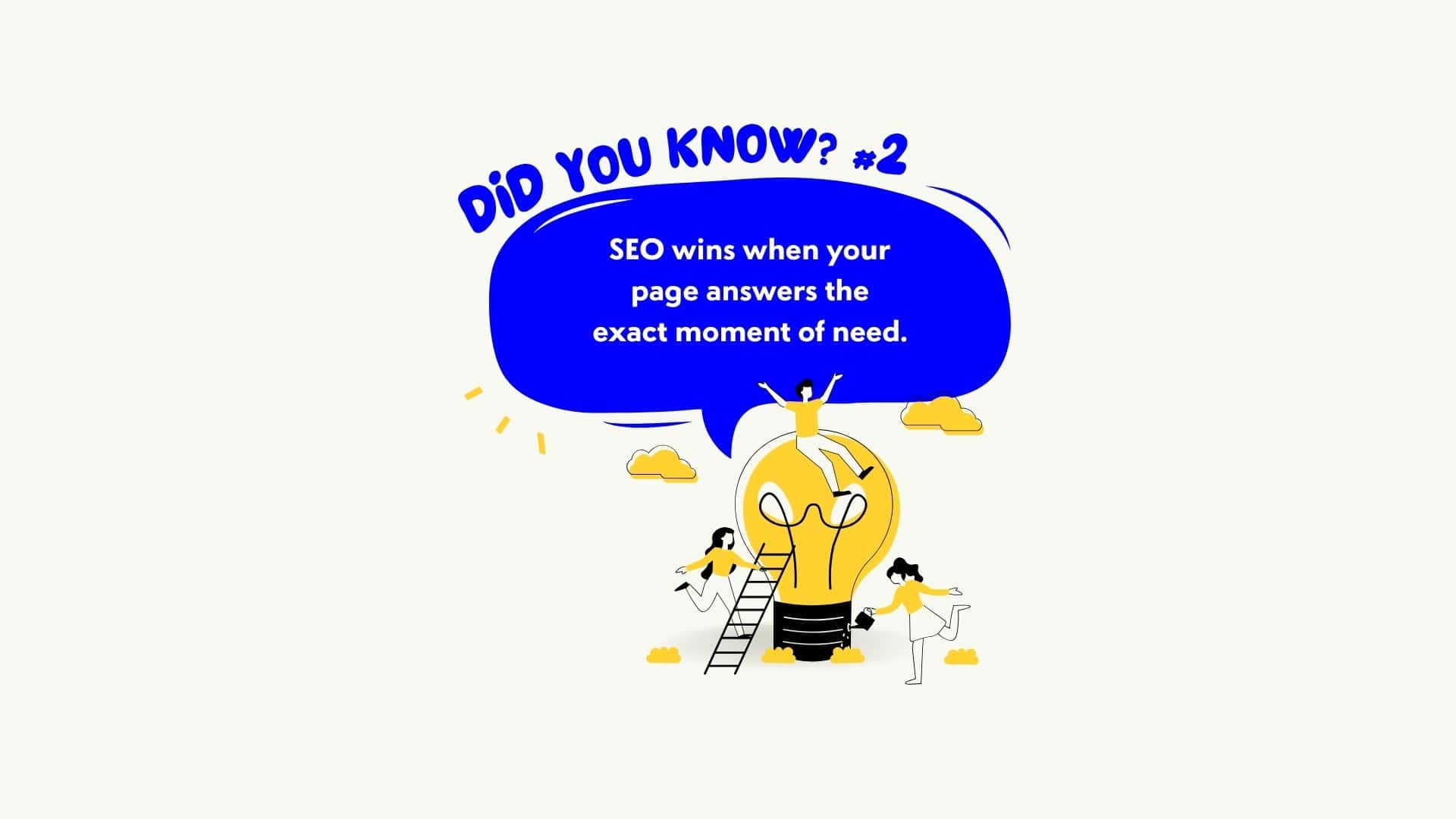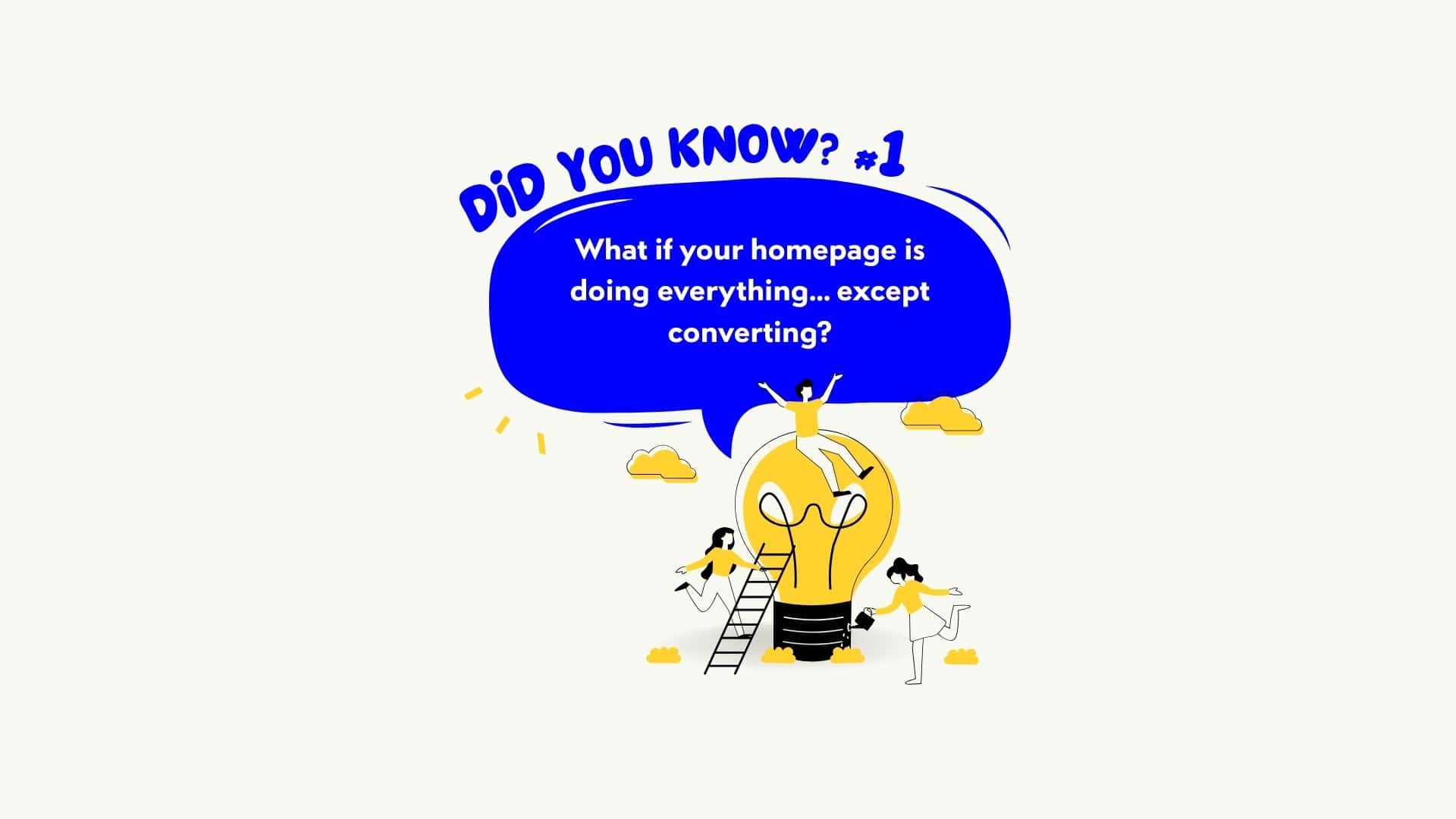AI is already answering your customers before they click. If your brand is not cited inside those AI summaries, you are invisible. The fix is not guesswork. You can measure visibility, improve it and tie it to outcomes. This guide shows you how in plain English.
What counts as an AI summary
When we say “AI summary”, we mean the answer-style blocks you see across search and assistants. Think Google’s AI Overviews, Bing Copilot results and assistant answers that pull from multiple sources. These are not classic blue links. They are machine-written digests with citations. Traditional rankings alone do not tell you if you are visible here. You need new metrics built for generative search.
The GEO measurement model
We use a simple, three-layer model from Generative Engine Optimisation. It keeps your reporting focused and your actions clear:
-
Inclusion – are you cited at all
-
Prominence – how visible is your citation
-
Earn the click – do those summaries drive action
Each layer has a clear KPI and a set of moves to lift performance. Keep the language simple. Keep the proof close to the claim.
Layer 1 – Inclusion: are you cited at all
KPI: Inclusion rate across a defined query set.
What to do:
-
Build a list of priority queries by topic cluster and intent
-
Check the AI summary for each query. Record whether your domain appears in the citations
-
Use a binary score: 1 if cited, 0 if not. Roll up by topic cluster and week
What good looks like:
Your inclusion rate is rising in the clusters that matter most commercially. Your top pages contain short, quotable answers that a model can lift without editing.
Quick wins:
-
Add a clear 2-3 sentence definition or answer under question-led H2s
-
Include an FAQ block that mirrors the way people actually ask
-
Use schema where it helps discovery and understanding, especially FAQ and Article
Why it works:
Generative systems prefer content that is scannable, structured and easy to quote. If your answer is crisp, aligned to the question and backed by obvious expertise, you get picked more often.
Layer 2 – Prominence: how visible is your citation
KPI: A prominence score for each query, then an average by cluster.
Use a simple rubric:
-
3 – Lead or top-level quote
-
2 – Mid-summary mention
-
1 – Footnote or expandable attribution
-
0 – Not cited
Add share of summary as a second lens: your citations divided by total sources cited per summary.
What to look for:
Are you the brand the model leads with or a footnote? Are you winning in the summaries that match high-intent queries?
How to lift prominence:
-
Put the answer first, then depth
-
Use definition blocks, short lists and examples
-
Strengthen entity consistency: keep product names, brand terms and author bios consistent across pages
-
Support with internal links that use descriptive anchor text
Why it works:
Prominent sources tend to be cleanly structured, authoritative and easy to parse. You are making the model’s job simple. That usually means a better slot in the summary.
Layer 3 – Earn the click: do summaries drive action
AI summaries answer the question. Your job is to earn the next step. Even with fewer clicks, the right clicks can grow leads.
KPIs to track:
-
Post-publish engagement on target pages: time on page, scroll depth, next page
-
Assisted conversions that include these pages in the path
-
Brand search and direct traffic trend after major inclusion wins
-
Mentions earned via digital PR that reinforce authority
On-page moves that earn the click:
-
Add a crisp “what next” block under each key answer
-
Place proof near claims: mini case stats, testimonials, logos
-
Use internal links that promise clear value, not “learn more”
Build your AI visibility tracker
You can track this in a simple sheet. Add columns for:
-
Query
-
Intent and topic cluster
-
Target URL
-
Inclusion (0 or 1)
-
Prominence (0–3)
-
Share of summary (%)
-
Quote accuracy notes
-
Freshness (days since last update)
-
Actions taken
-
Next review date
Cadence:
Check your top 25 queries weekly. Check the next 75 fortnightly. Capture screenshots for an audit trail and note any on-page changes you make so you can connect inputs to outcomes.
Tip:
Keep paragraphs short, headings clear and voice human. Write for people first, machines second. That is how you win summaries and keep trust.
Data sources and practical collection
-
Manual SERP checks: Use a stable browser setup and location. Log the summary, the cited sources and your score
-
Analytics: Tie target pages to engagement and conversions
-
Entity hygiene: Keep product names, authors and organisation details consistent across your site and profiles to reduce misattribution
-
Tools: Use your existing analytics stack. Avoid overreliance on classic rank tools for this job. Visibility in AI summaries is observable first, reportable second
Paid software can help, but costs stack up fast
There are paid tools that try to track AI summaries and the citations inside them. We use Ahrefs and SEMrush, and prefer Ahrefs when we want to identify citations pulled into AI answers. The catch is pricing. Most vendors are packaging monitoring as add-ons, often per platform. That means separate modules or credits for ChatGPT, Copilot, Perplexity, Gemini and Google Snippets.
If you track a decent query set across a few regions, the bill escalates quickly. You are paying per platform, sometimes per seat, sometimes per project. For many SMEs the costs outweigh the value because coverage is still evolving, accuracy varies and you still need someone to interpret the data and act on it.
Why a digital agency can be better value
-
We spread software costs across clients, so you get enterprise-grade tracking without the enterprise price
-
We standardise the tracker, remove noisy signals and catch false positives
-
We combine human review with screenshots and governance so changes are auditable
-
We turn signals into action: on-page fixes, content briefs, internal link updates and PR angles
-
We report what leaders care about: inclusion, prominence and impact on leads
If you want the benefit of robust monitoring without the overhead, partner with a team that lives in this data every day. We will keep tabs on the platforms, keep your tracker tidy and focus on the moves that change outcomes.
Reporting leaders actually read
Roll everything up into a one-page monthly view:
-
Inclusion rate by cluster
-
Average prominence and top wins
-
Share of summary for your priority topics
-
The three changes that moved the needle
-
Revenue-facing impacts: assisted conversions, lead quality notes
-
Next three actions
Keep it commercial. Replace vanity metrics with a simple story: here is where we appear, here is how visible we are, here is what it did for the business, here is what we will do next.
The bottom line
You cannot manage what you do not measure. Start simple. Track inclusion, prominence and the click. Update pages with clear answers, authority signals and helpful schema. Use paid tools where they truly add value, but avoid paying for platforms you do not need. If you want the outcomes without the overhead, bring in a calm expert team to run the programme and keep you visible when AI does the talking.




